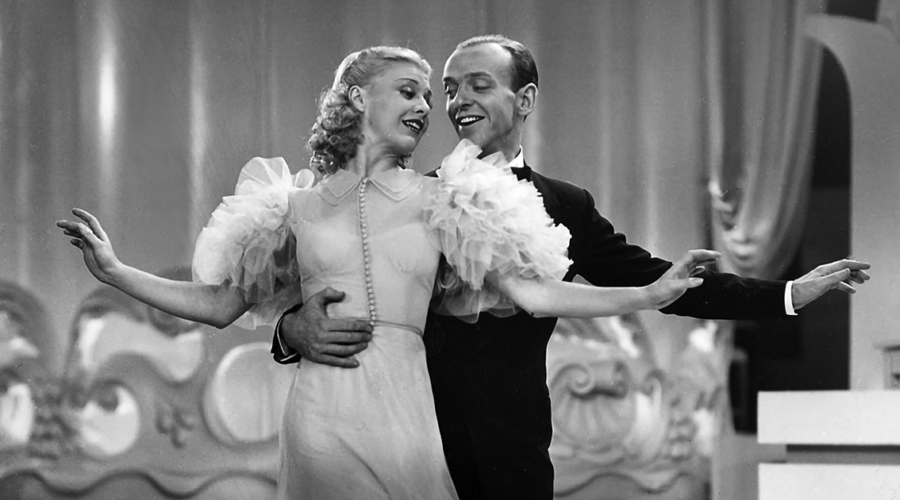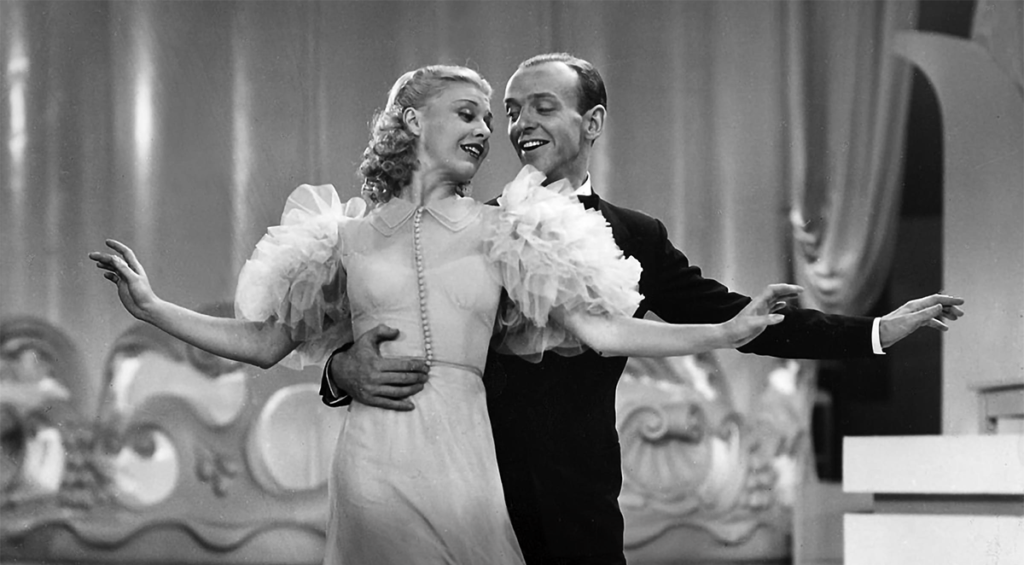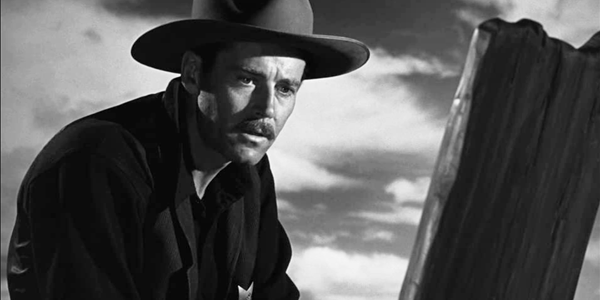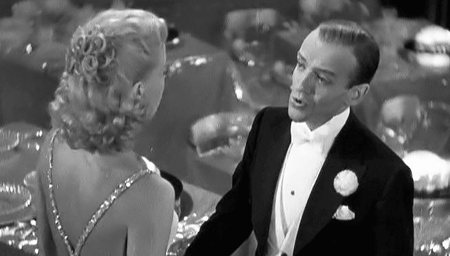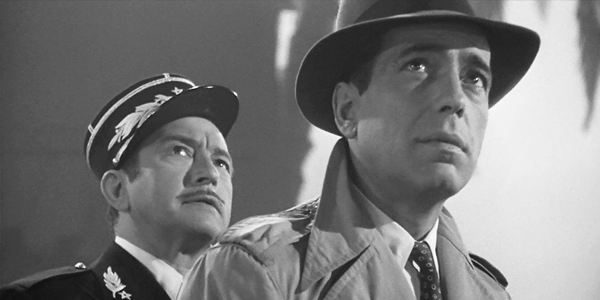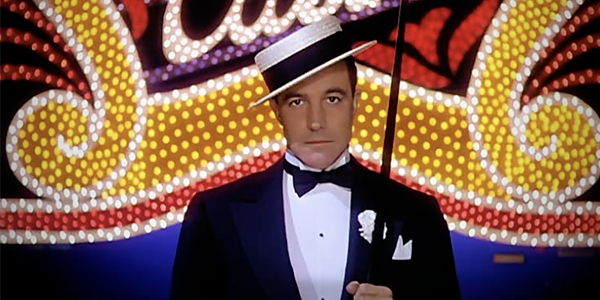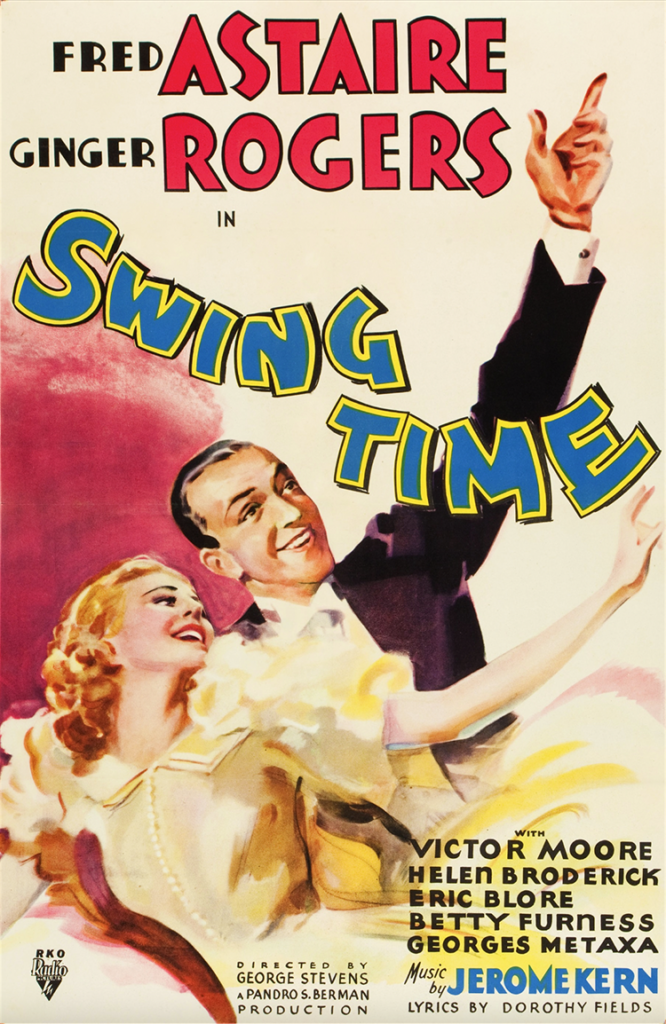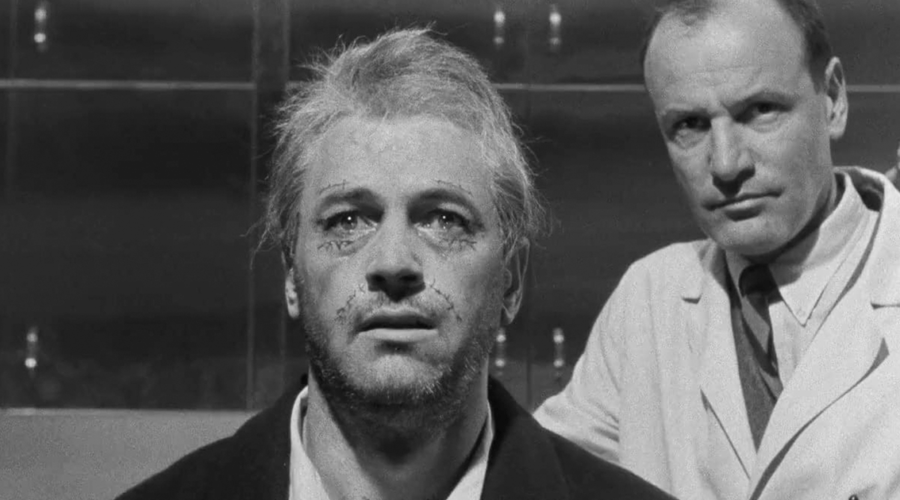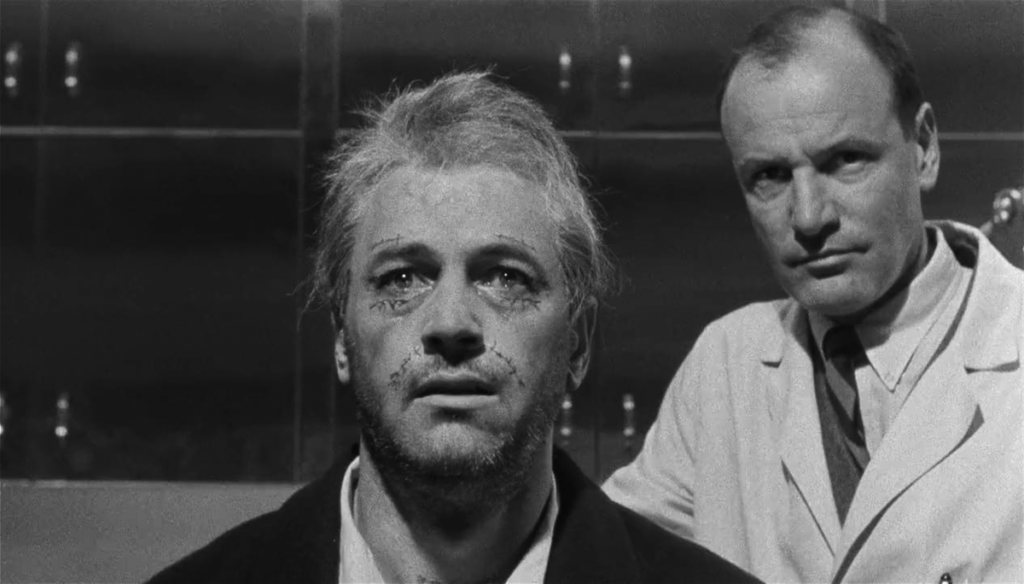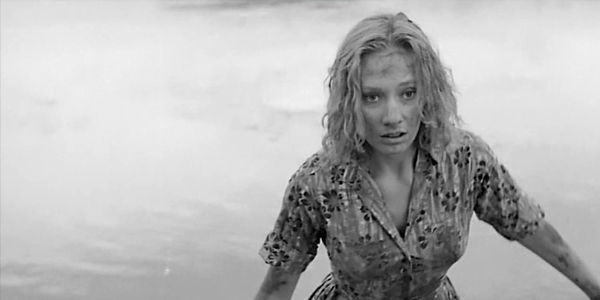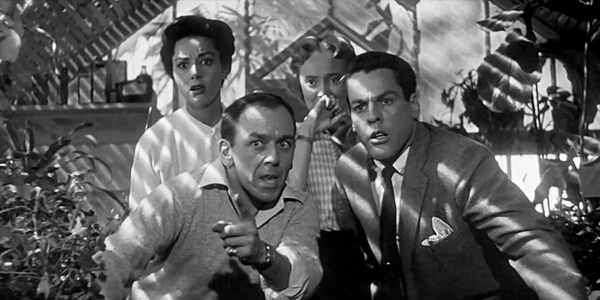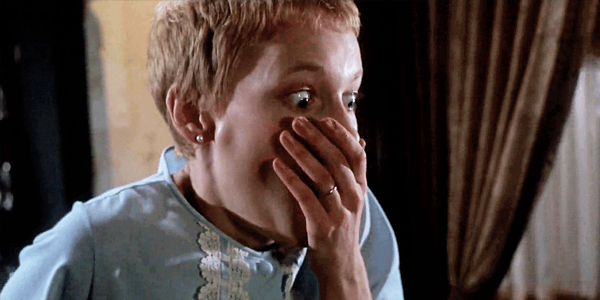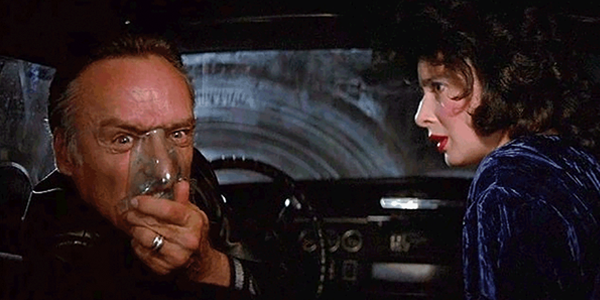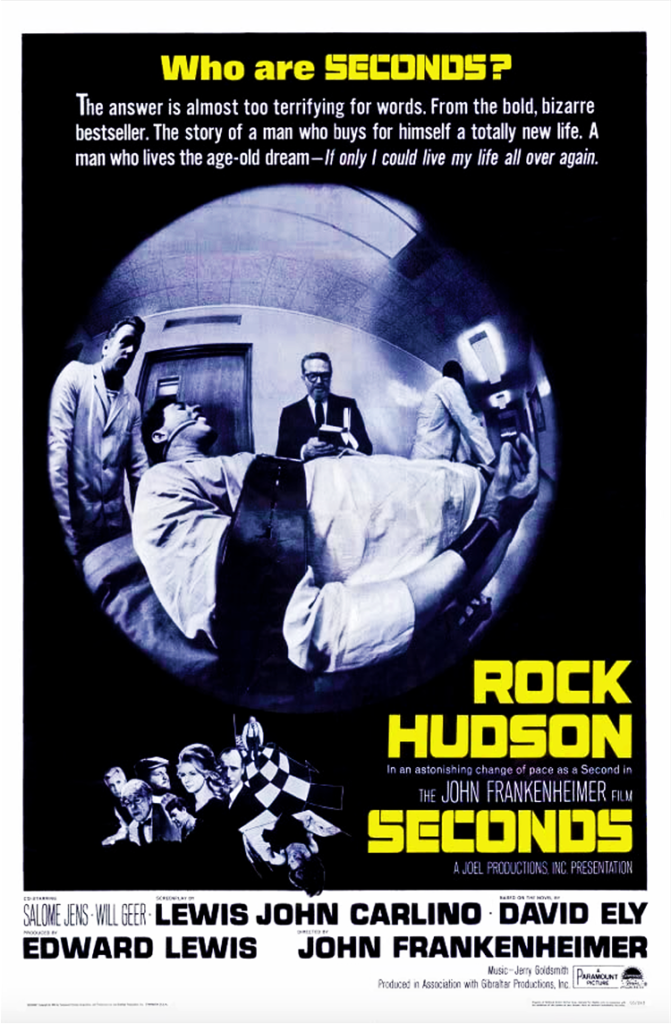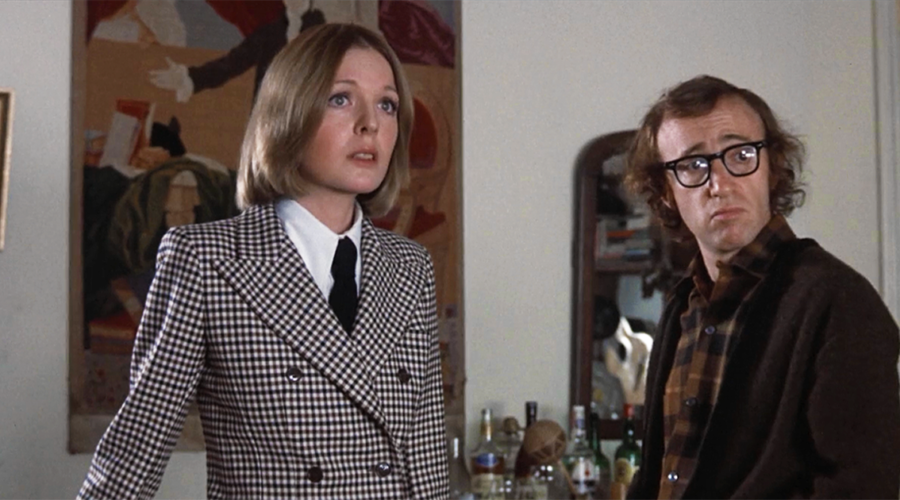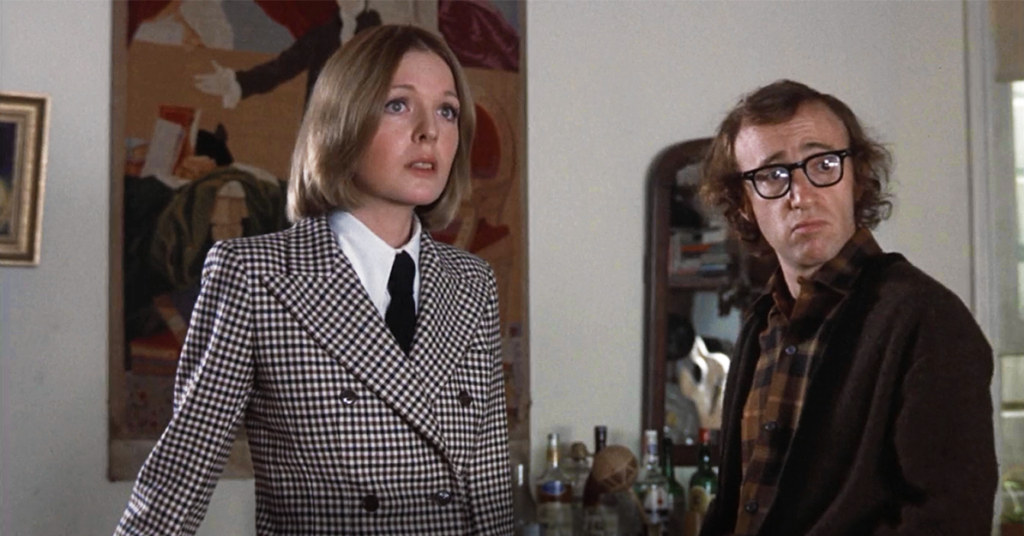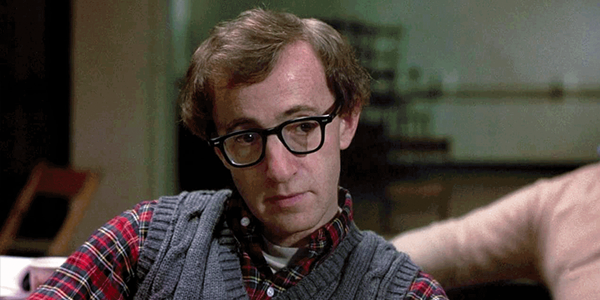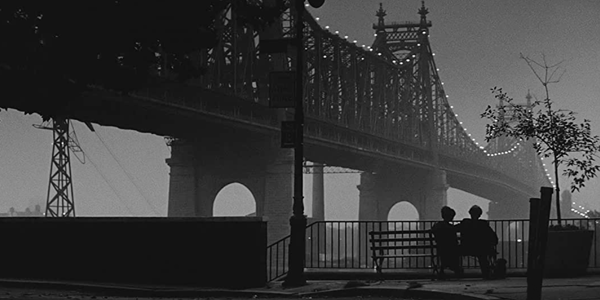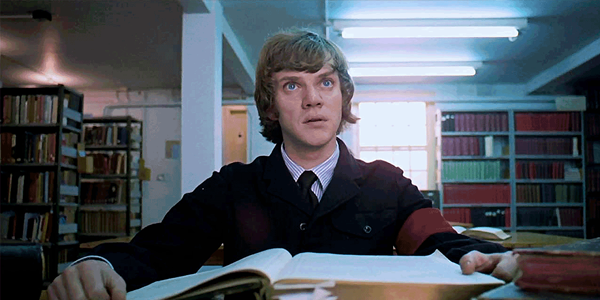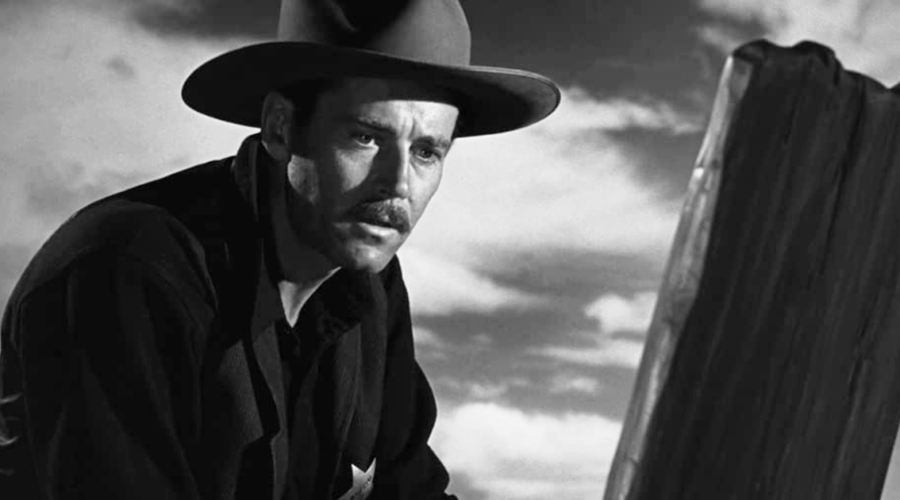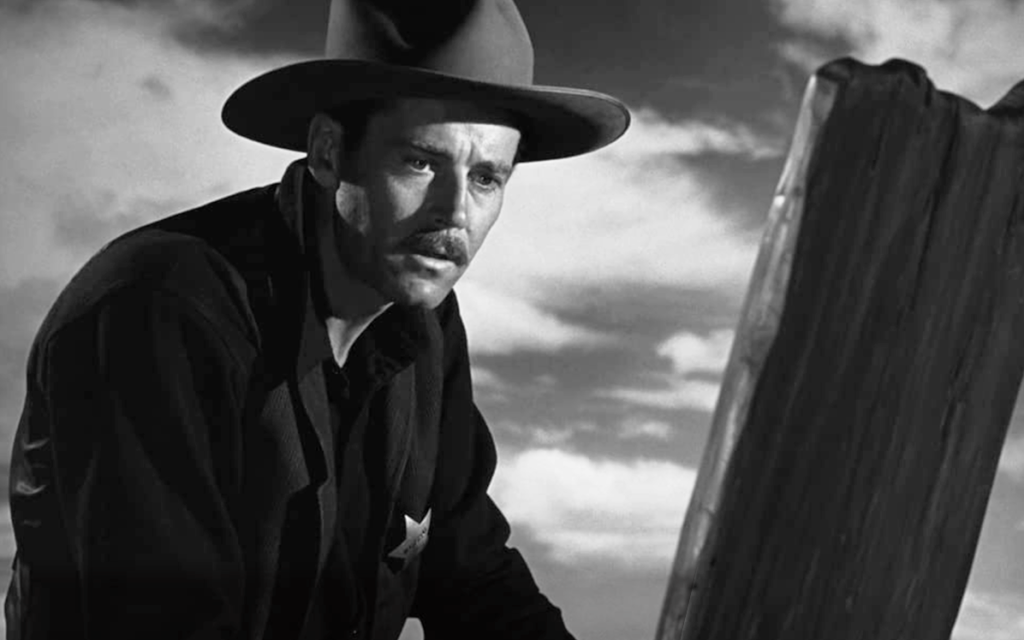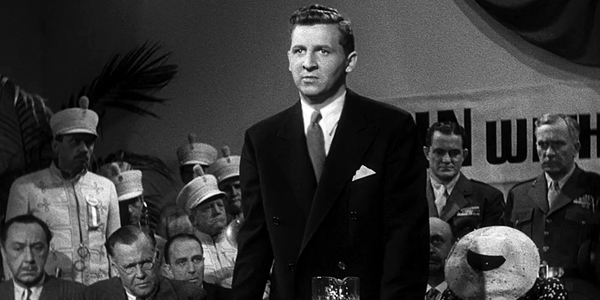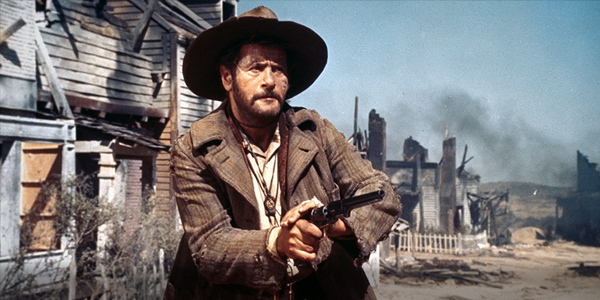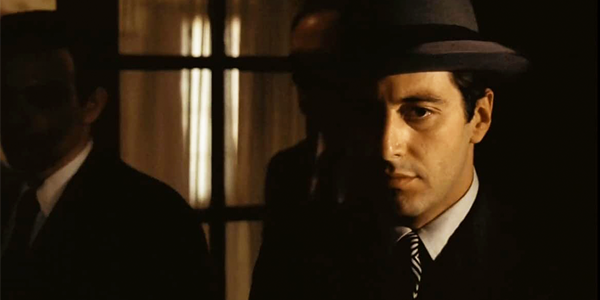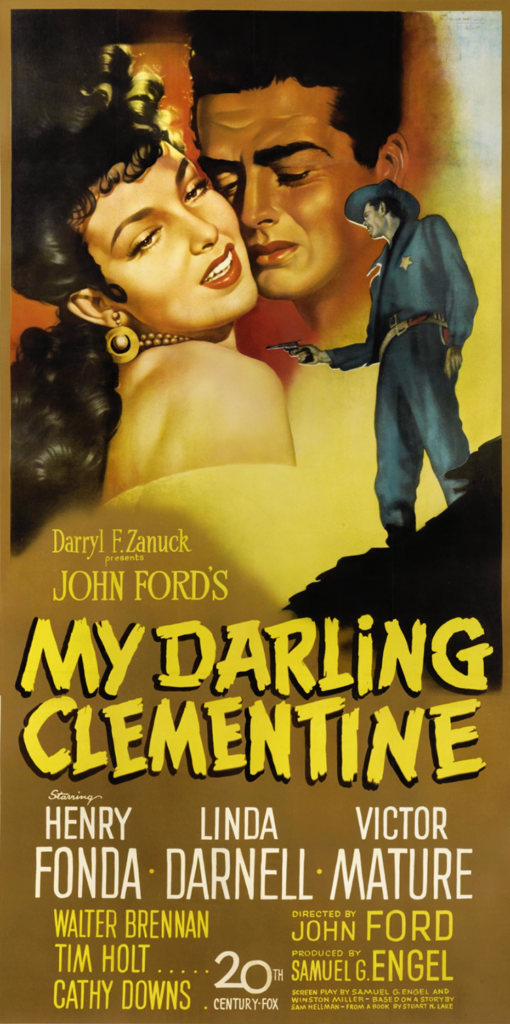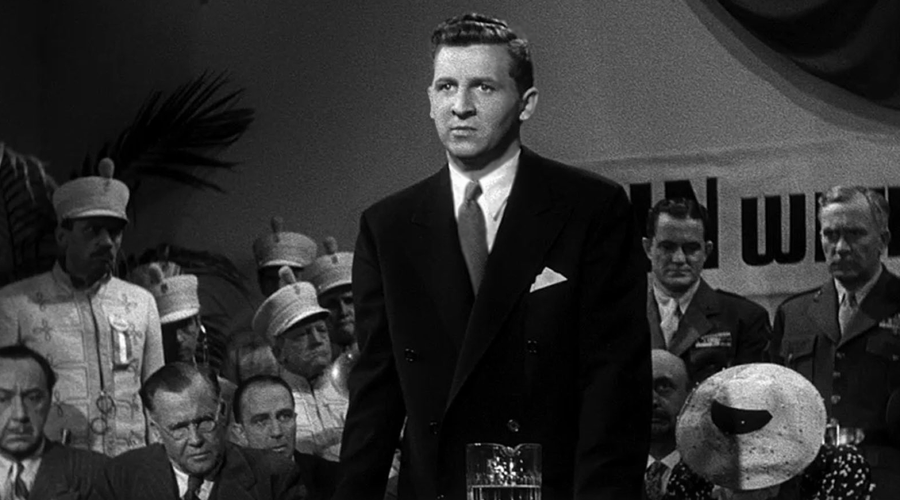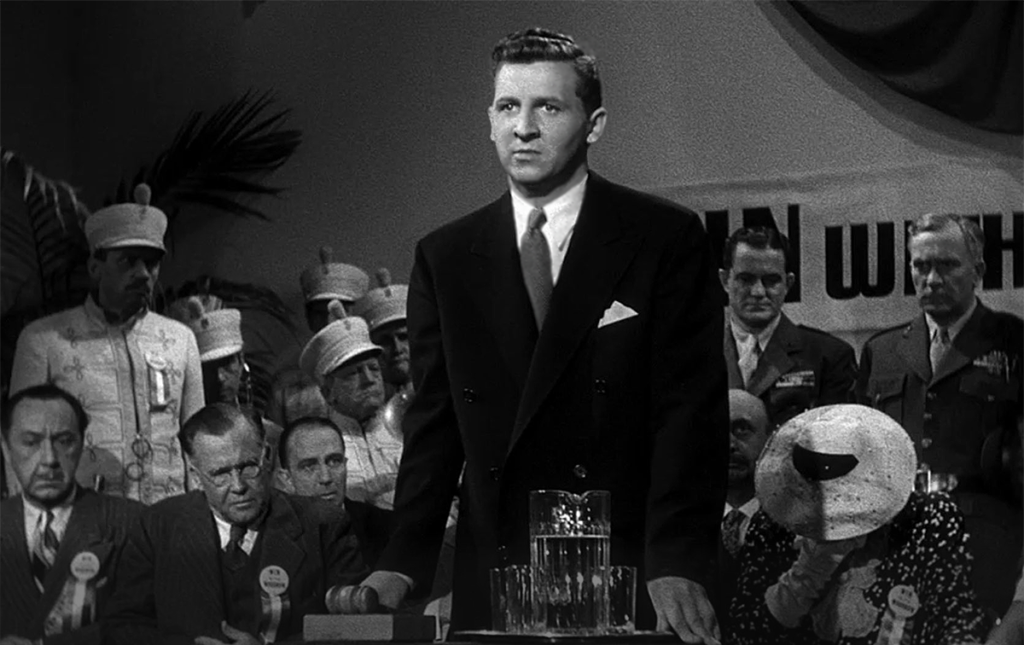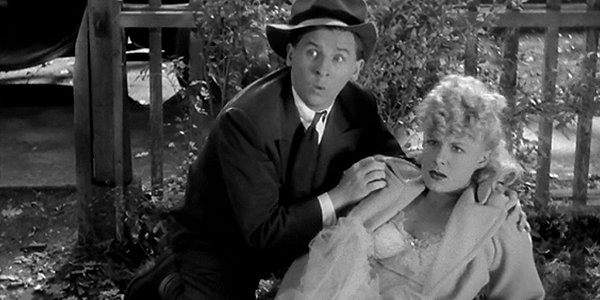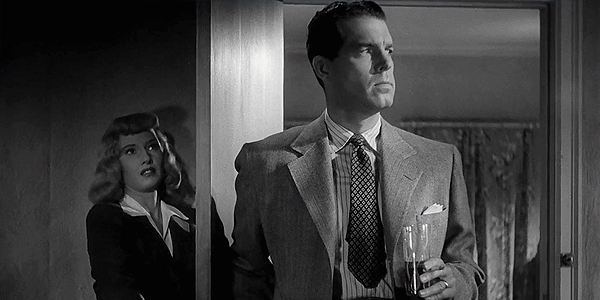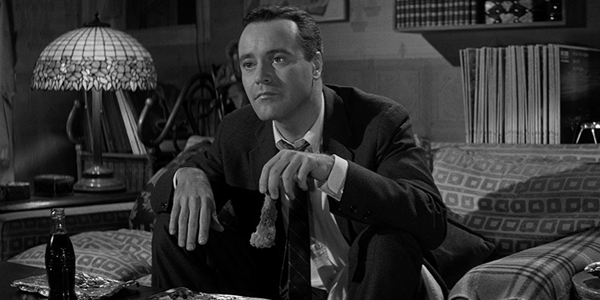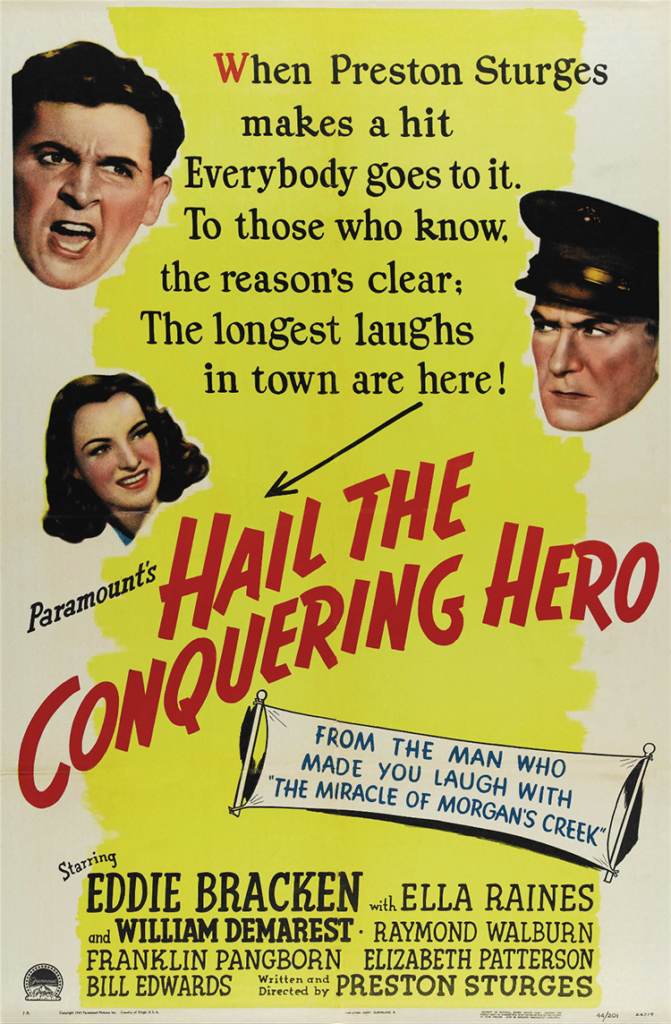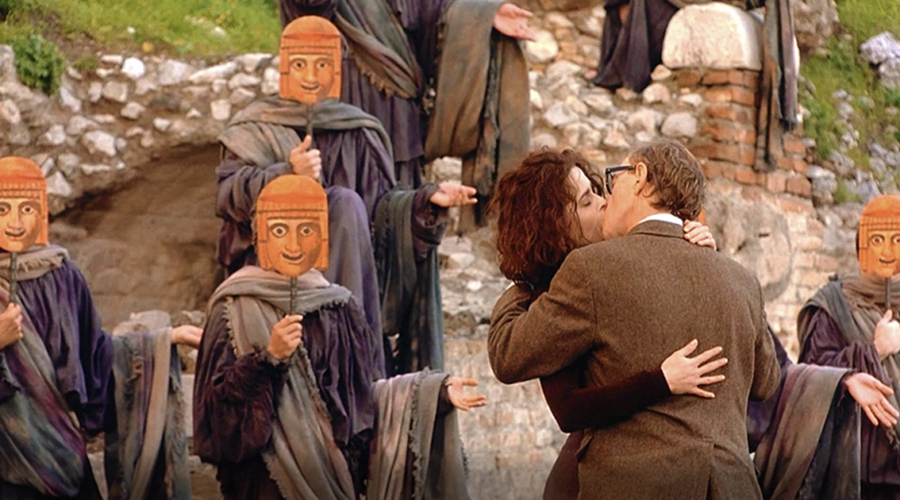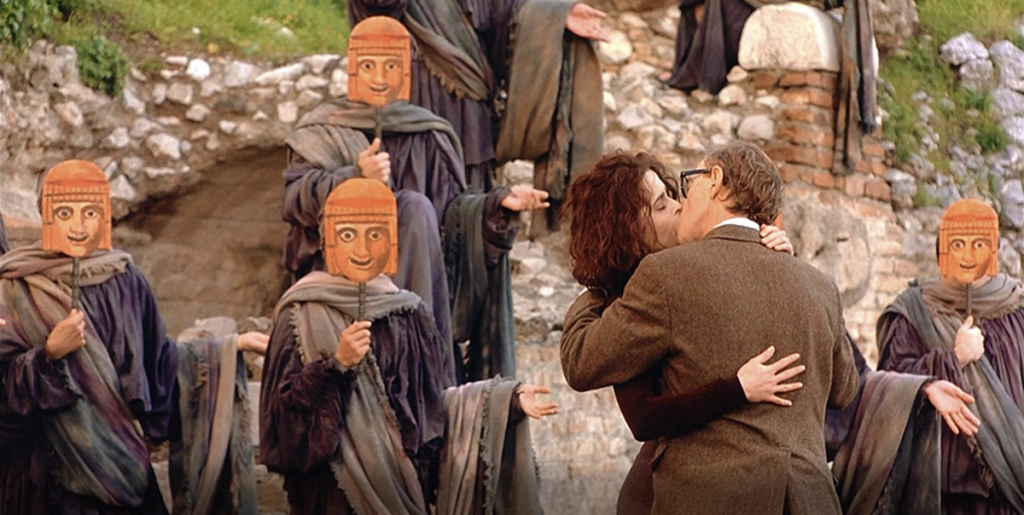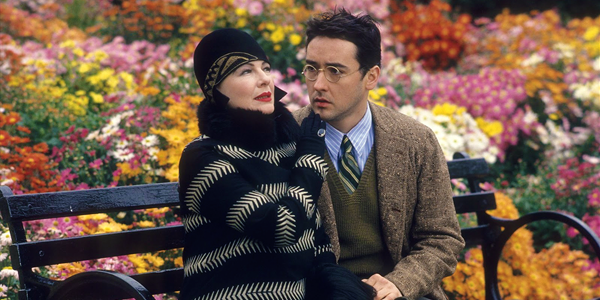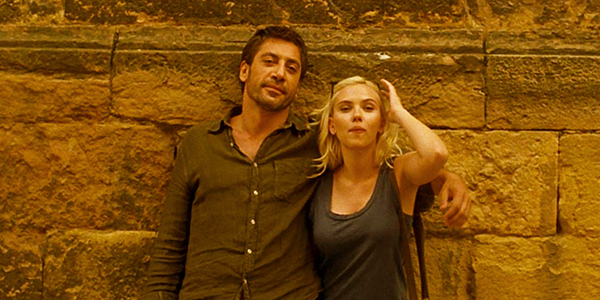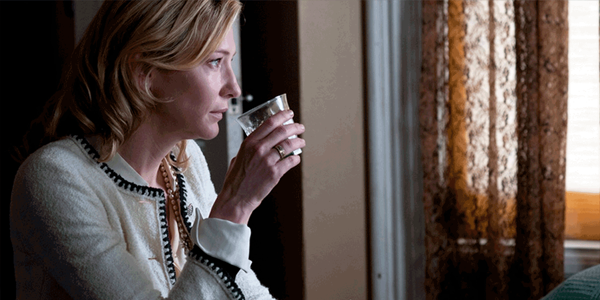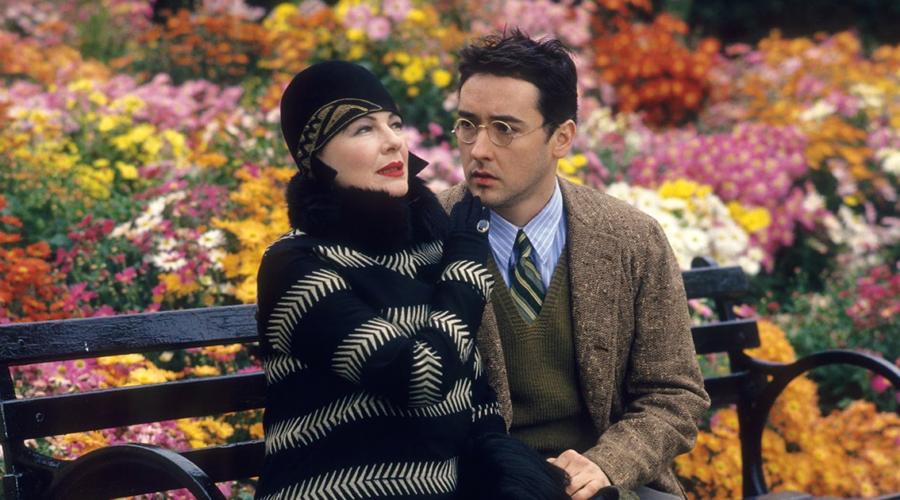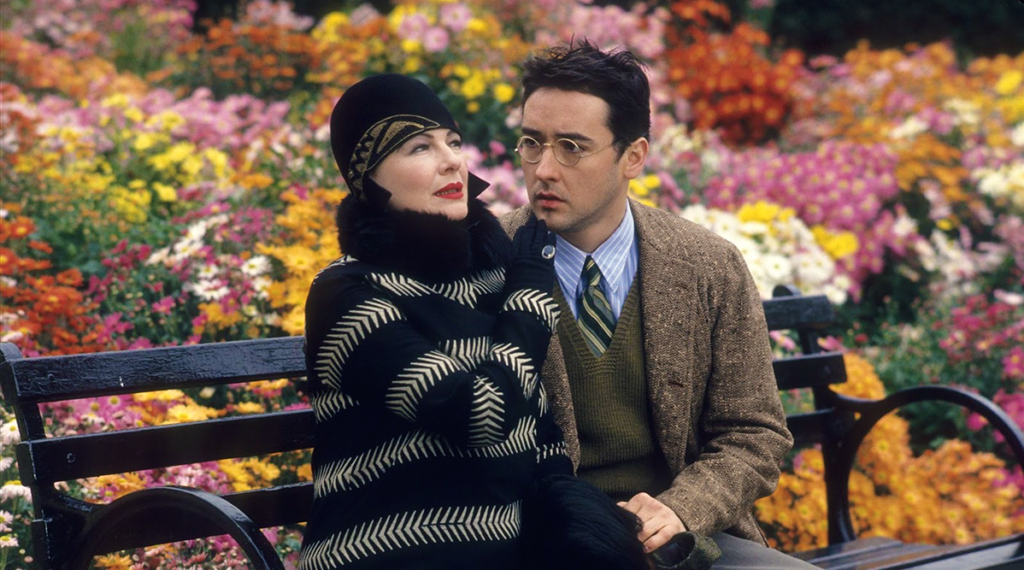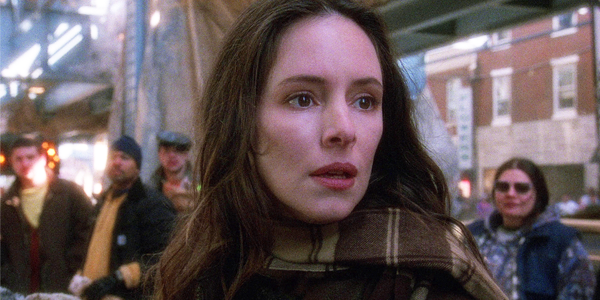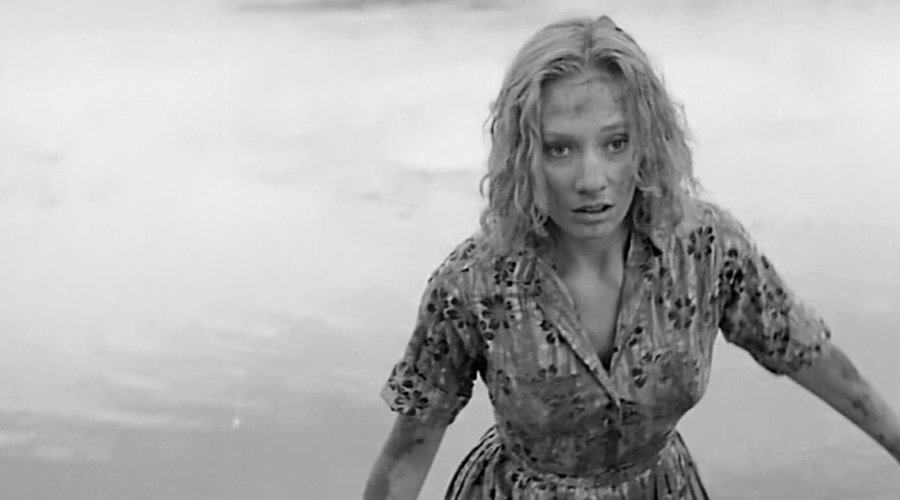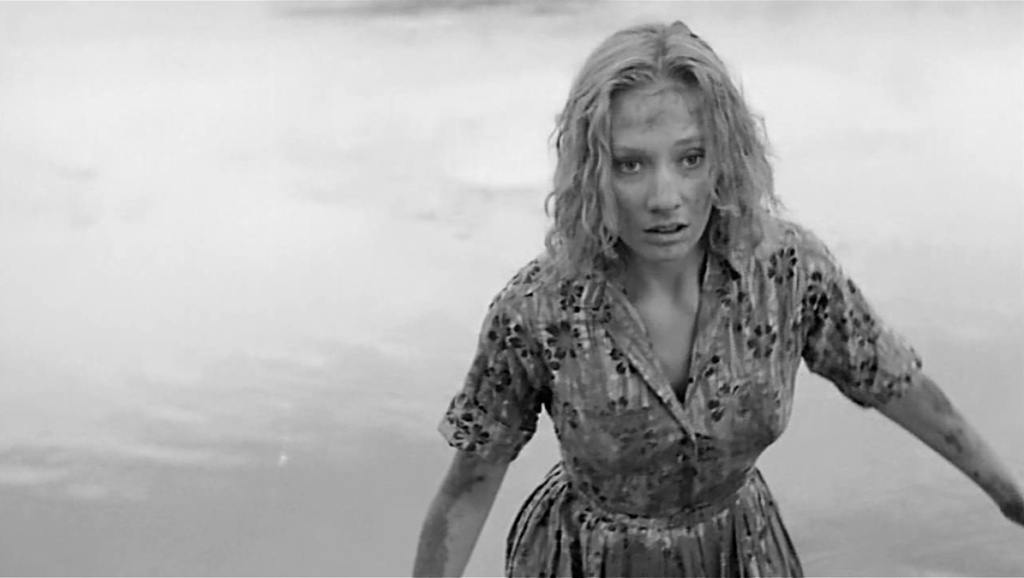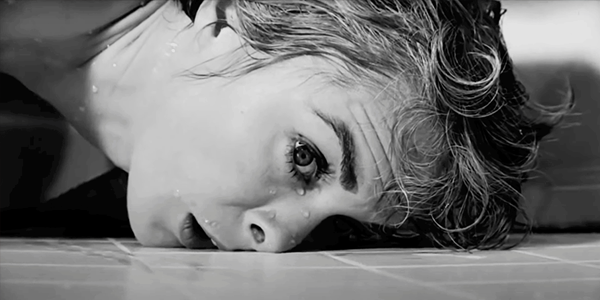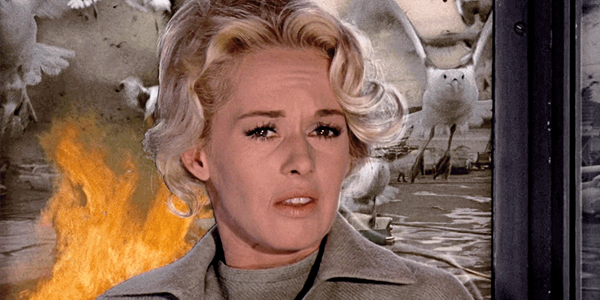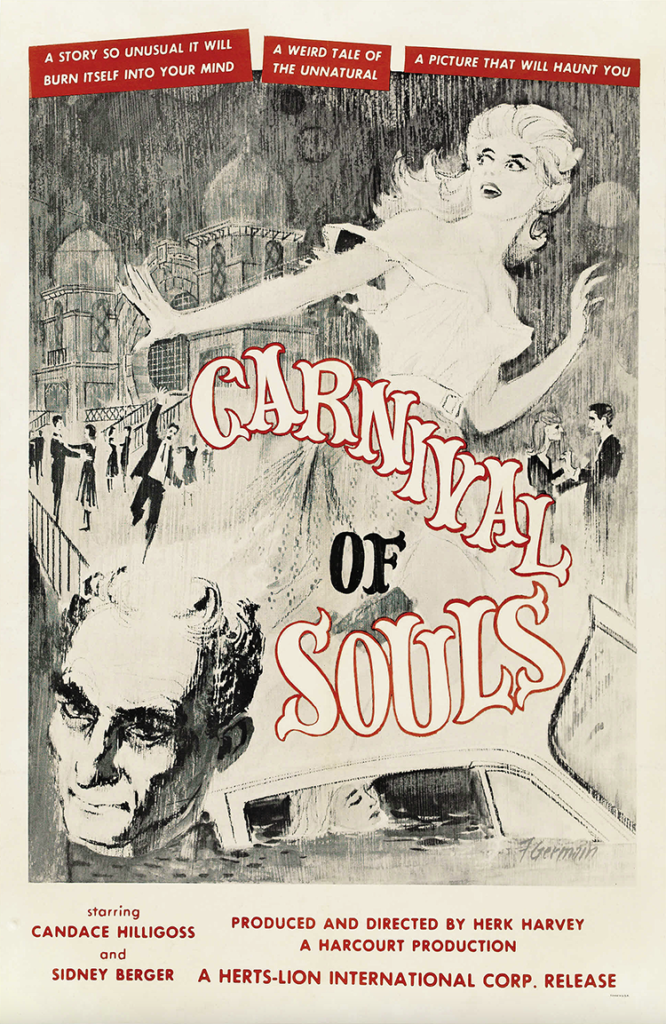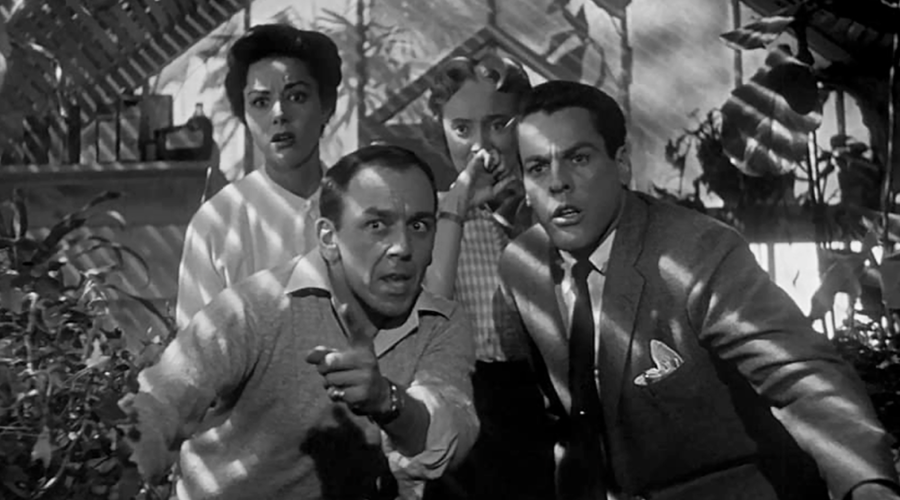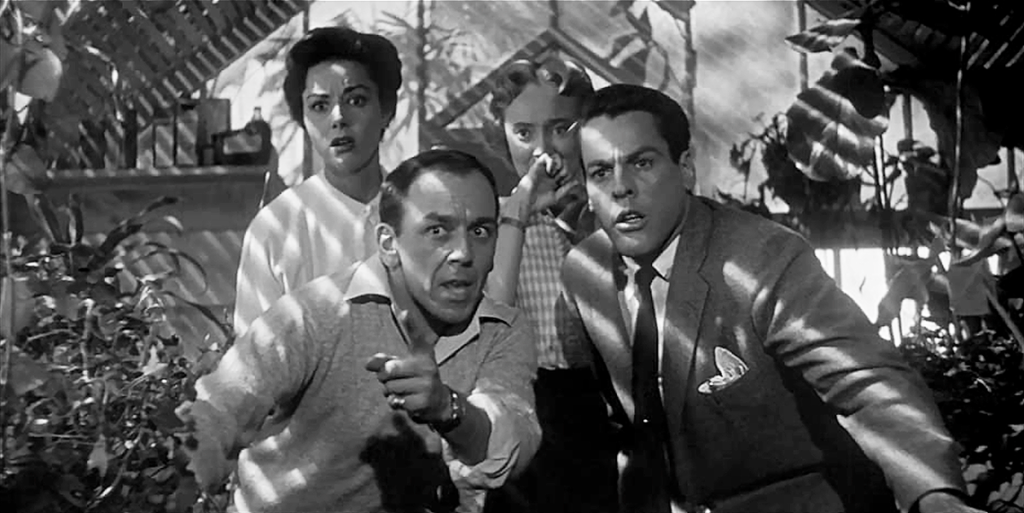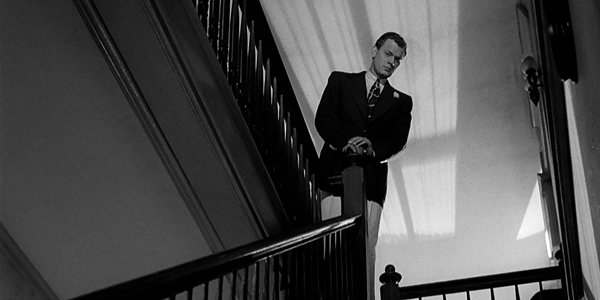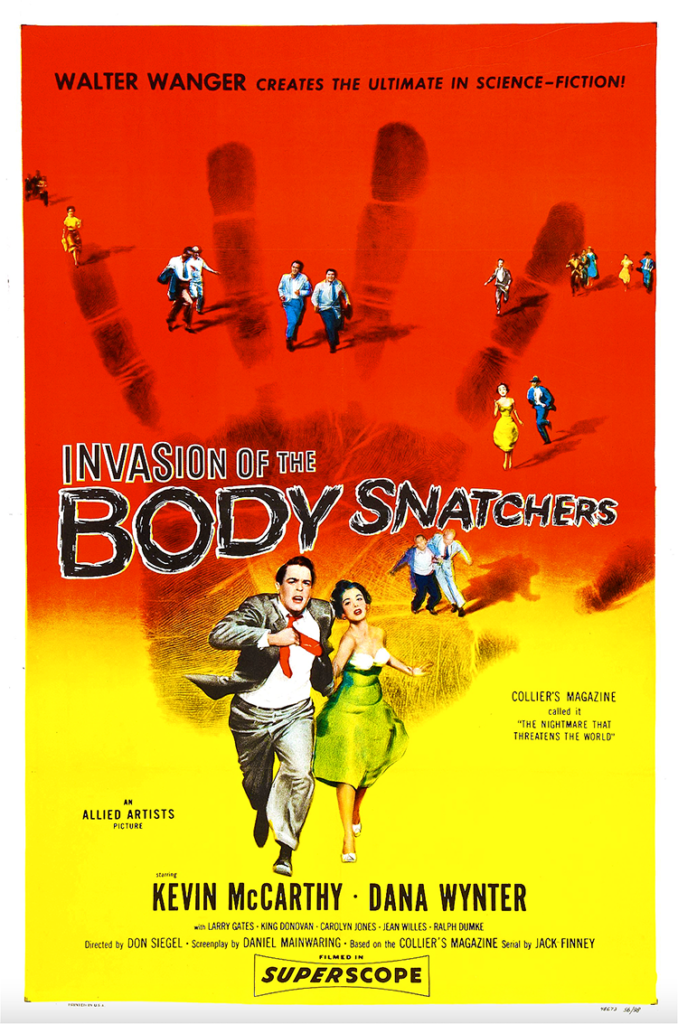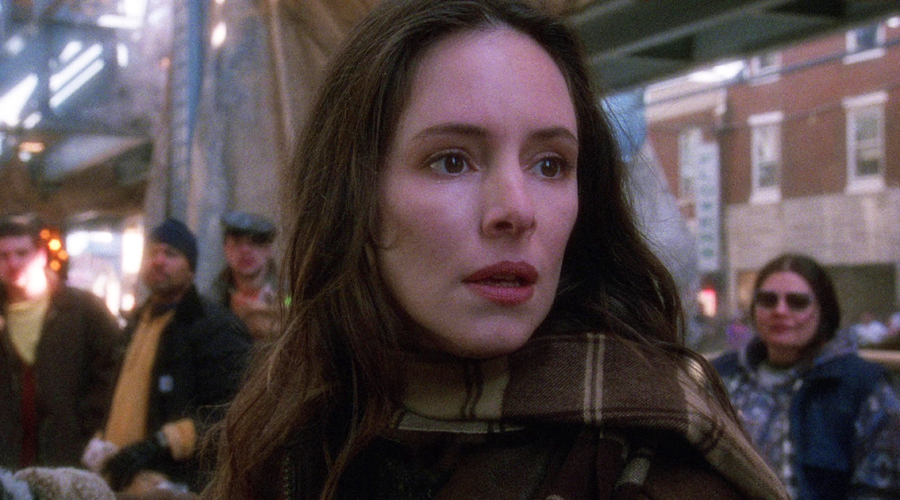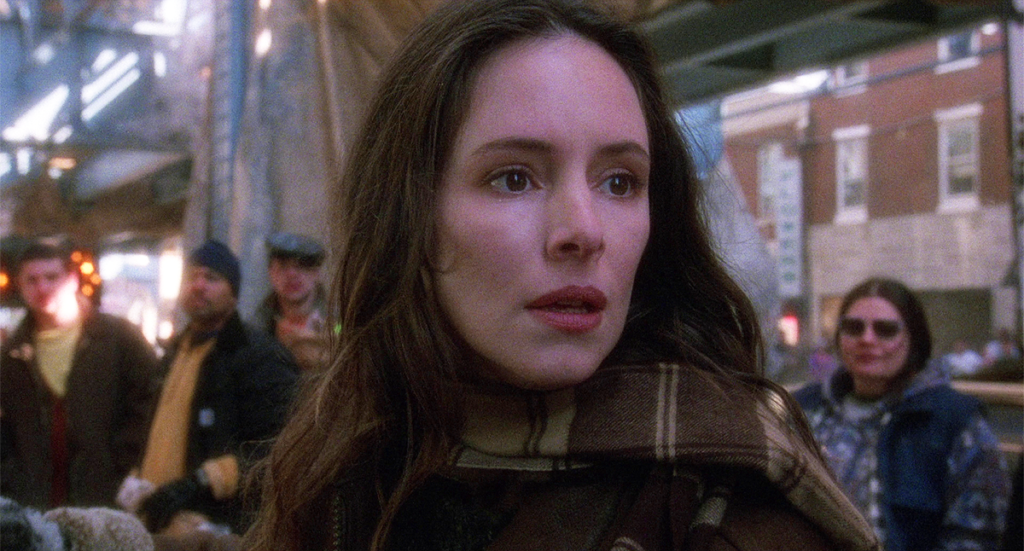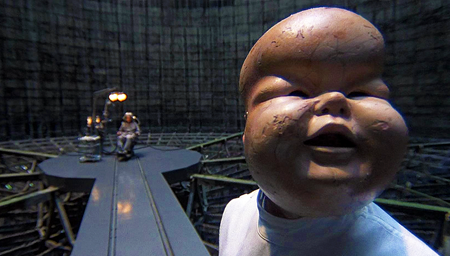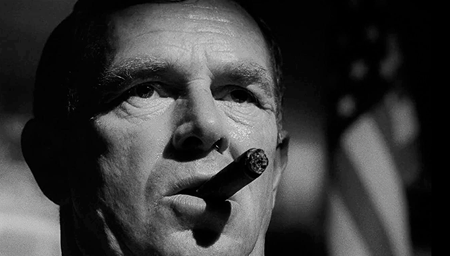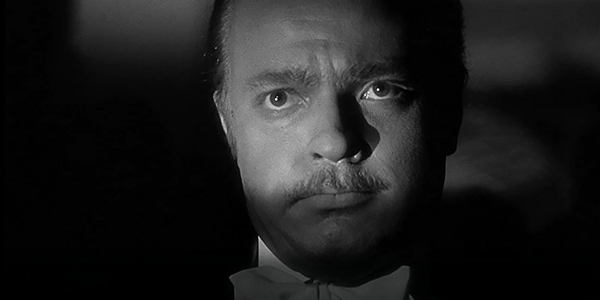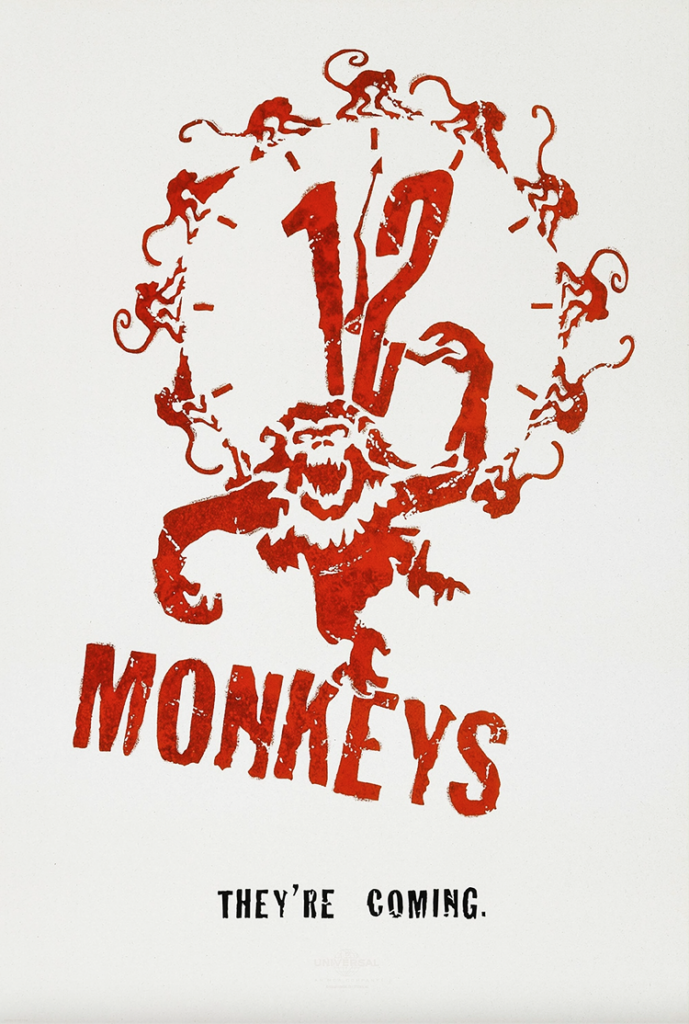Review: Swing Time
related reviews
Sign up for our monthly newsletter
to stay up to date on Cineluxe
The plot & characters are mainly just annoying distractions but with Fred & Ginger dancing at the peak of their form, does that really matter?
by Michael Gaughn
December 5, 2022
It might sound like a contradiction to say that the best Astaire/Rogers film is filled with scenes so contrived and hokey you’ll find yourself averting your eyes half the time. It’s hard to believe this movie was made by the same guy who did A Place in the Sun. But it’s a symptom of the evolution of film grammar I talked about in my Darling Clementine review that, up until 1939, movies tended to sputter because the fundamentals hadn’t yet clicked into place.
But then there’s the dancing—which of course you expect in an Astaire/Rogers movie, but for some reason the routines in Swing Time are at a whole other level from their other films, maybe because the numbers don’t just act in parallel with the plot but almost supplant it completely. That’s not to say there’s nothing to keep your attention during the dialogue scenes—Astaire does an unusually good job of holding his own and Helen Broderick is masterful at doing her bits while winking at the camera at the same time—the trick Groucho Marx did so well, and that a handful of performers used to lean on in the early days of sound in order to keep their creative dignity until the movies caught up with the sophistication of their delivery and gave them better material to work with.
And you can always admire the production design while you wait for the next dance number to kick in. RKO had the streamlined look of late Art Deco down so cold it felt like they’d actually come up with the style and were just exporting it to the rest of the world. That pared-down take on Deco was so stylized and so much of the moment it was destined to have a relatively brief lifespan but was both elegant and brash at its peak, which coincided with the creation of this film.
Somewhat in line with the above, Swing Time features the smaller-group, tighter, more rhythmically-driven, more infectious jazz style of the late ‘20s and 1930s, which would soon be drowned out by the lusher, brassier, swinging-for-the-fences sound of the MGM musicals. The leaner, more energetic approach here fits well with the relatively constrained sets and bits of business and creates an appropriate intimacy that enhances the dance routines. Yes, the more modest orchestrations, sets, and scope of action were partly a necessary reflection of budget, like the not-an-inch-bigger-than-they-need-to-be sets of Casablanca, but in both films doing more with less keeps you appropriately closer to the characters and their interactions.
I’m not going to pretend I’ve got anything to add to the vast existing commentary on Astaire and Rogers. But it is worth pointing out how extraordinary their numbers are here for anyone who’s never seen them dance or hasn’t come across Swing Time before. There’s something about this movie’s pervasive creakiness that makes the dancing seem even more exhilarating than usual. Anyone who can watch them break into “Pick Yourself Up” and not feel an unbidden thrill should just go back to watching the deadening sadism of contemporary action films.
That number, shot within the simple confines of a dance-school studio, begins with a deceptively casual stroll that quickly becomes both exuberantly kinetic and epic, making two people dancing far more compelling than any melodramatic scenery-chewing or special-effects set piece could ever be. Similarly the “Never Gonna Dance” number near the end, performed in the justly famous Silver Sandal nightclub set, takes the dross of the plot and transmutes into something sublime. Astaire and Rogers somehow create a whole other realm of existence where they express their emotions not just through dance but also through a kind of mime that for some reason doesn’t feel contrived but instead a natural extension of both their dance and what they’d more lamely been trying to convey through dialogue. By so intensely focusing their emotions, the result makes their limited characters infinitely deeper, more moving and human and real.
And now, unfortunately, I need to talk for a moment about blackface—not that I really want to but the current cultural myopia with its mania to slap labels on virtually everything while showing zero tolerance for context makes it a necessity. That any intelligent human would ever take a pass on this movie because of a warning like that is unfathomable and makes me wonder how much lower we can go with smugly sneering at the past.
Yes, Astaire uses black makeup as part of his tribute to Bill “Bojangles” Robinson, but you need to put the first part of that sentence into context, because this is very much a heartfelt tribute on Astaire’s part and Robinson very much deserved to be honored—not just for his dancing but his efforts, as the most prominent black performer of the first half of the 20th century, to counter racial stereotypes. Anybody who, having bought into the whole “blackface bad—censorship good” mindset, misses the chance to experience this number also misses the chance to experience an important piece of history, reinforcing our vast and deepening cultural ignorance instead. And they’d of course be missing out on a virtuoso dance by Astaire with its groundbreaking cinematic framing—and there’s really no excuse for that. It’s more than worth it to claw back all the cultural howling and experience this movie and that number on their own terms, free of the fetid reek of political reeducation.
The HD transfer is good enough for something from 1936 and not likely to seriously get in the way of your experience of the film. There’s a grittiness to the presentation that could be removed with some judicious cleanup—the key word being “judicious.” It would take someone with a keen eye, a deft touch, a dedication to staying true to what was originally shot, and a respect for the inherent look of film to avoid turning Swing Time into a visual travesty. Here’s hoping somebody sensitive and astute enough decides to take that on sometime soon.
There’s not much to be said about the sound of a movie this old but I was surprised by how well the orchestra was recorded, by how there was decent separation between the instruments and how accurate a sense it conveys of the size of the ensemble, with its chamber-size string section. Avoiding the temptation to make the orchestra sound bigger than it was went a long way toward maintaining the film’s sense of intimacy.
I apologize if my comments made it sound like I’m only half-heartedly recommending this film. The distorting pressure of marketing hype aside, there really are only a handful of movies that rise above the vast and rapidly expanding slough that is American film. Swing Time is far from perfect—but perfection is a fool’s goal and what it gets right it gets right in a way that all but erases its flaws and leaves most other movies in its dust.
Michael Gaughn—The Absolute Sound, The Perfect Vision, Wideband, Stereo Review, Sound & Vision, The Rayva Roundtable, marketing, product design, some theater designs, a couple TV shows, some commercials, and now this.
PICTURE | The HD transfer on Prime is good enough for something from 1936 and not likely to seriously get in the way of enjoying the film, but it exhibits a grittiness could be removed with some judicious cleanup
SOUND | The sound is well recorded for a movie this old, with decent separation between the instruments in the orchestra and accurately conveying the size of the ensemble
© 2023 Cineluxe LLC
